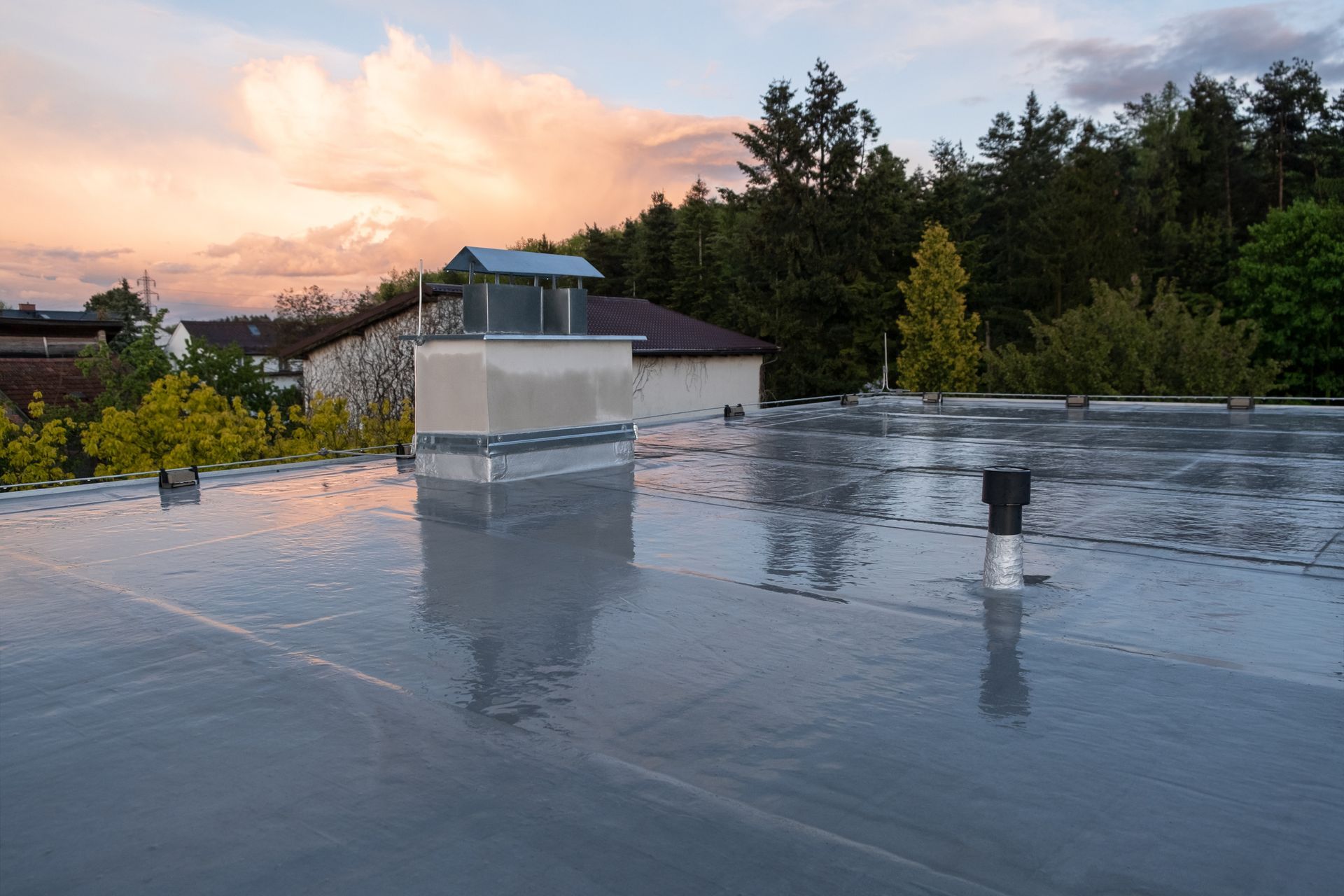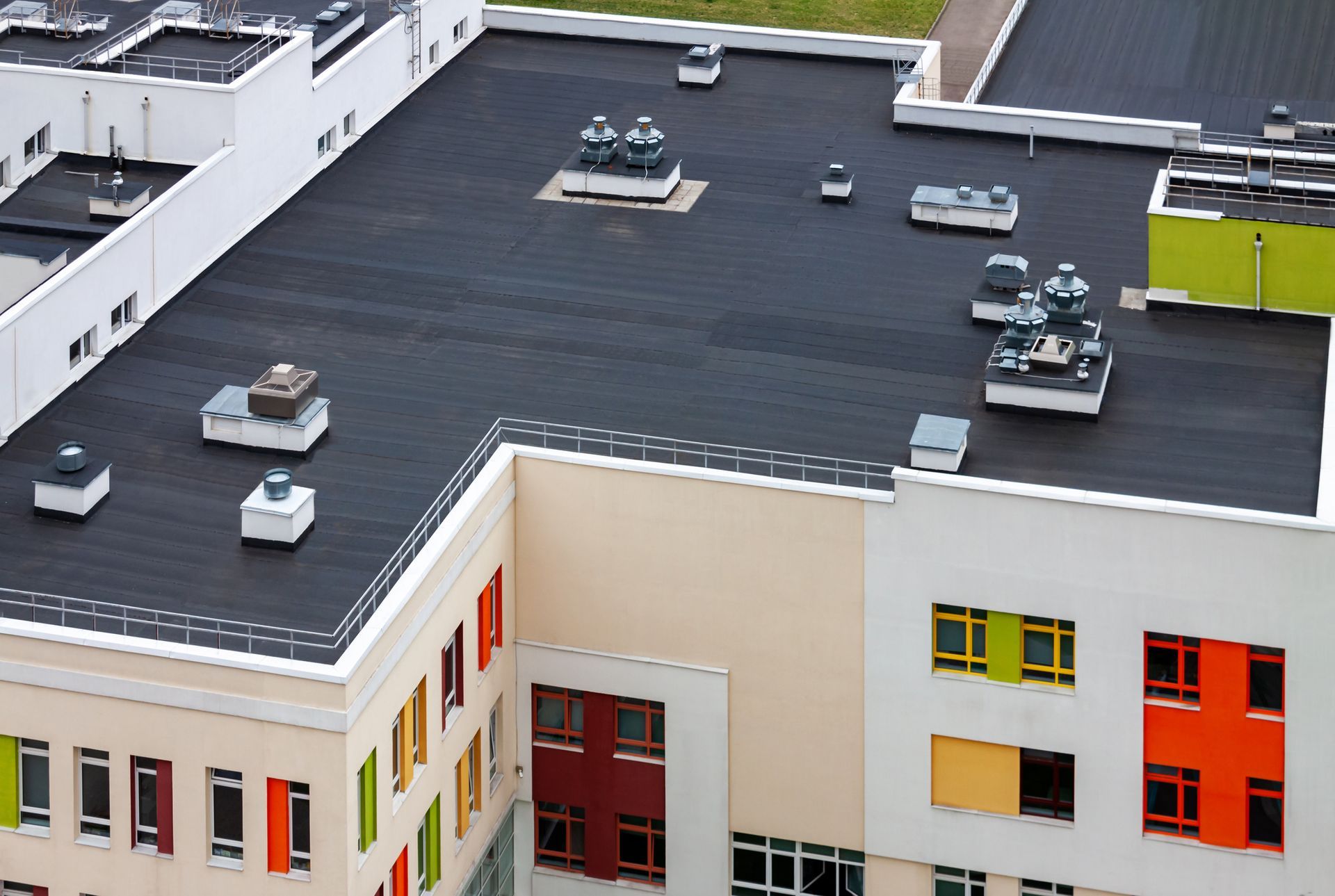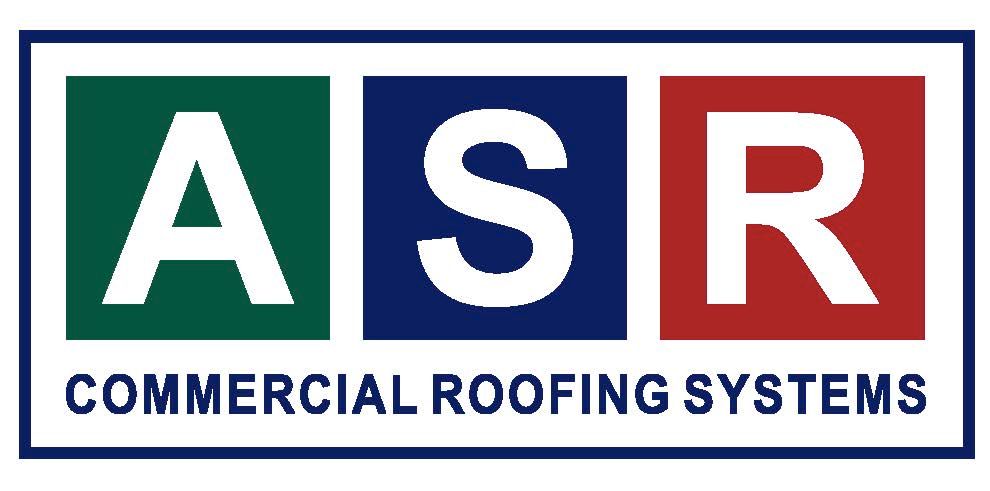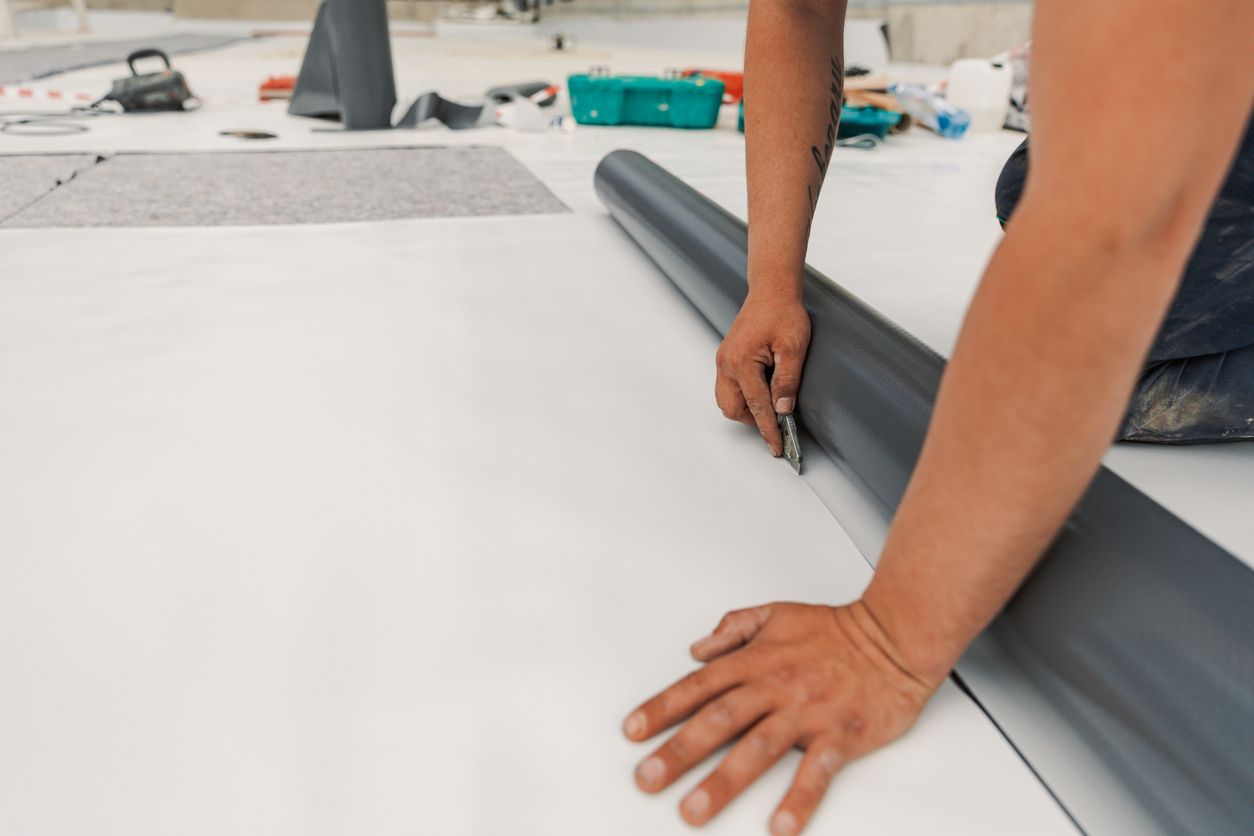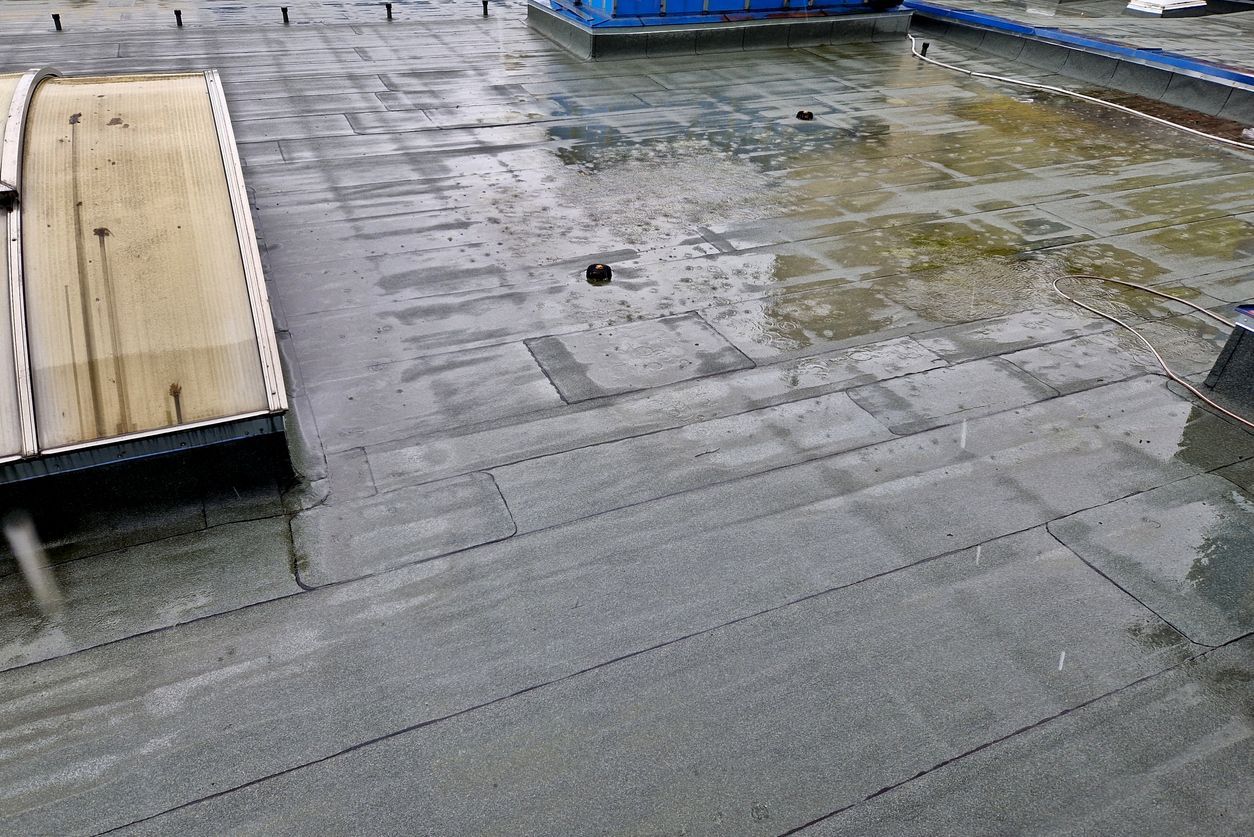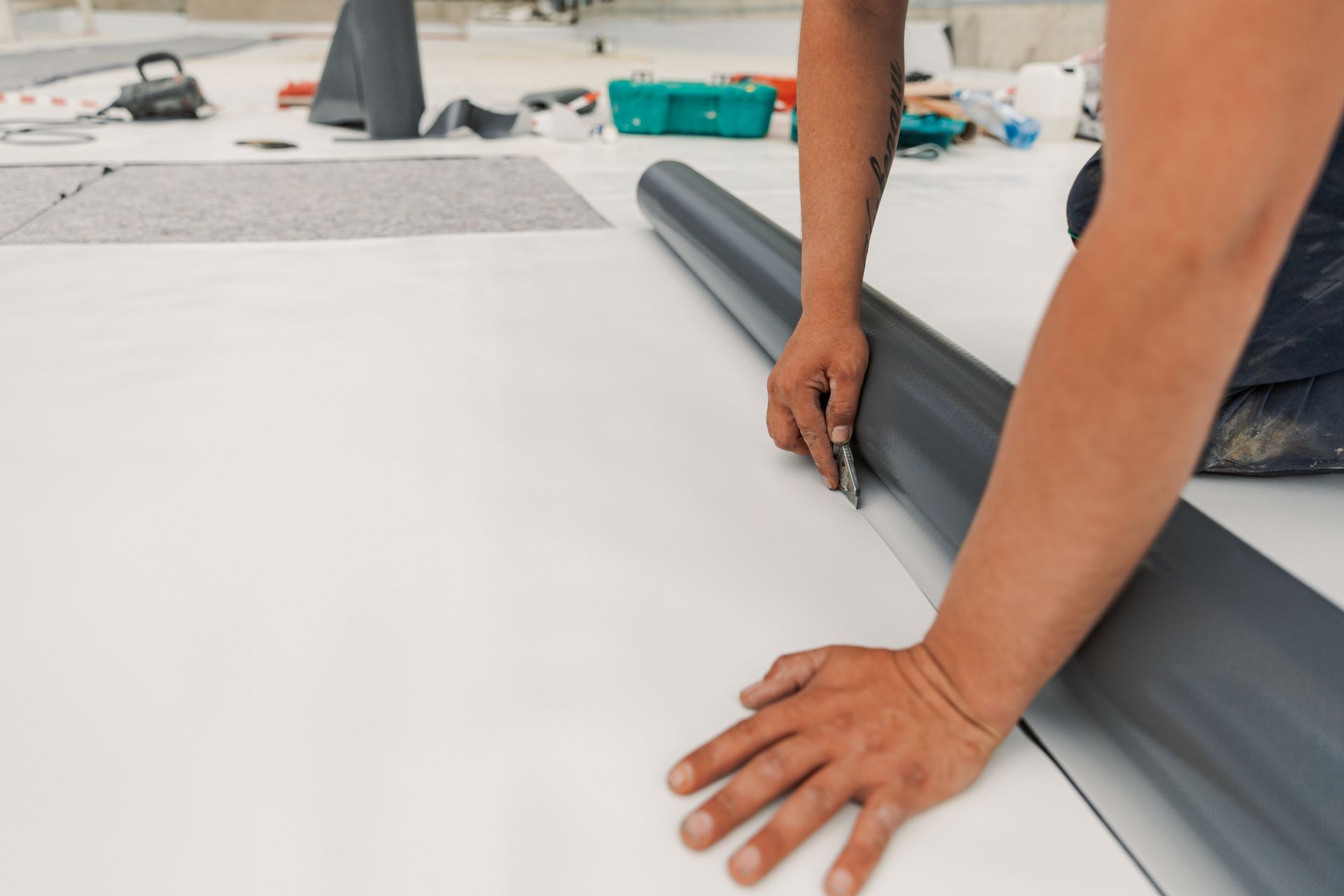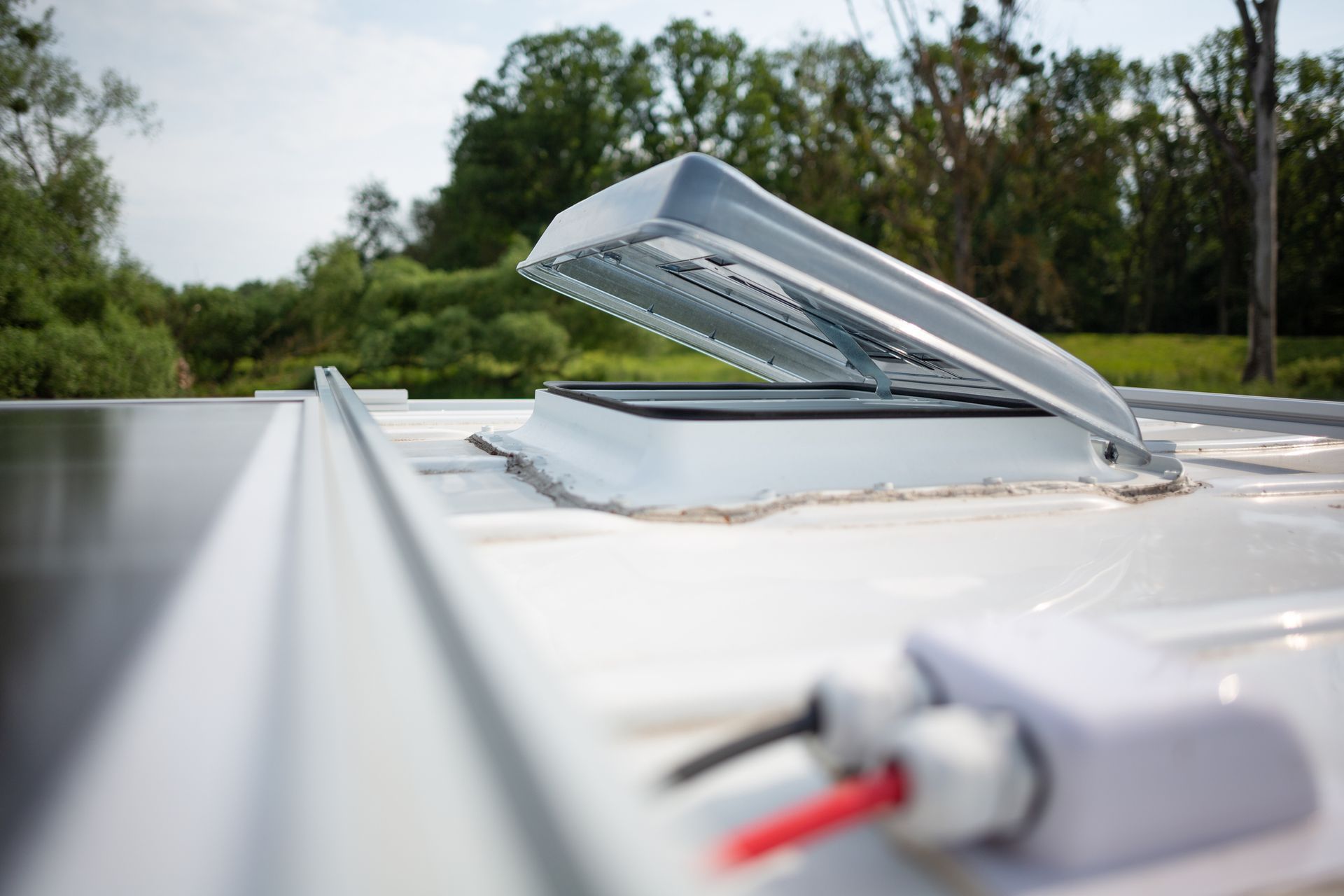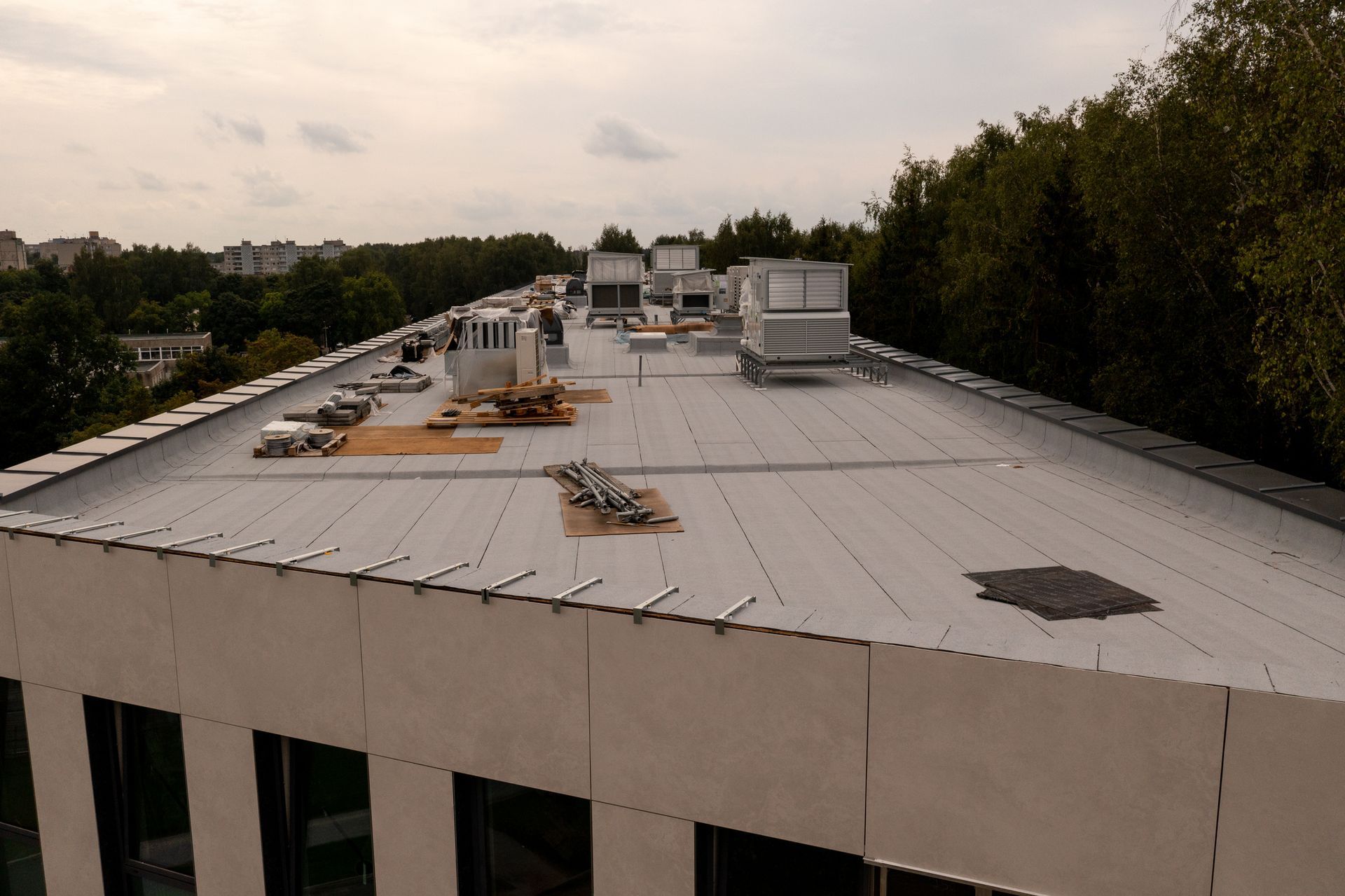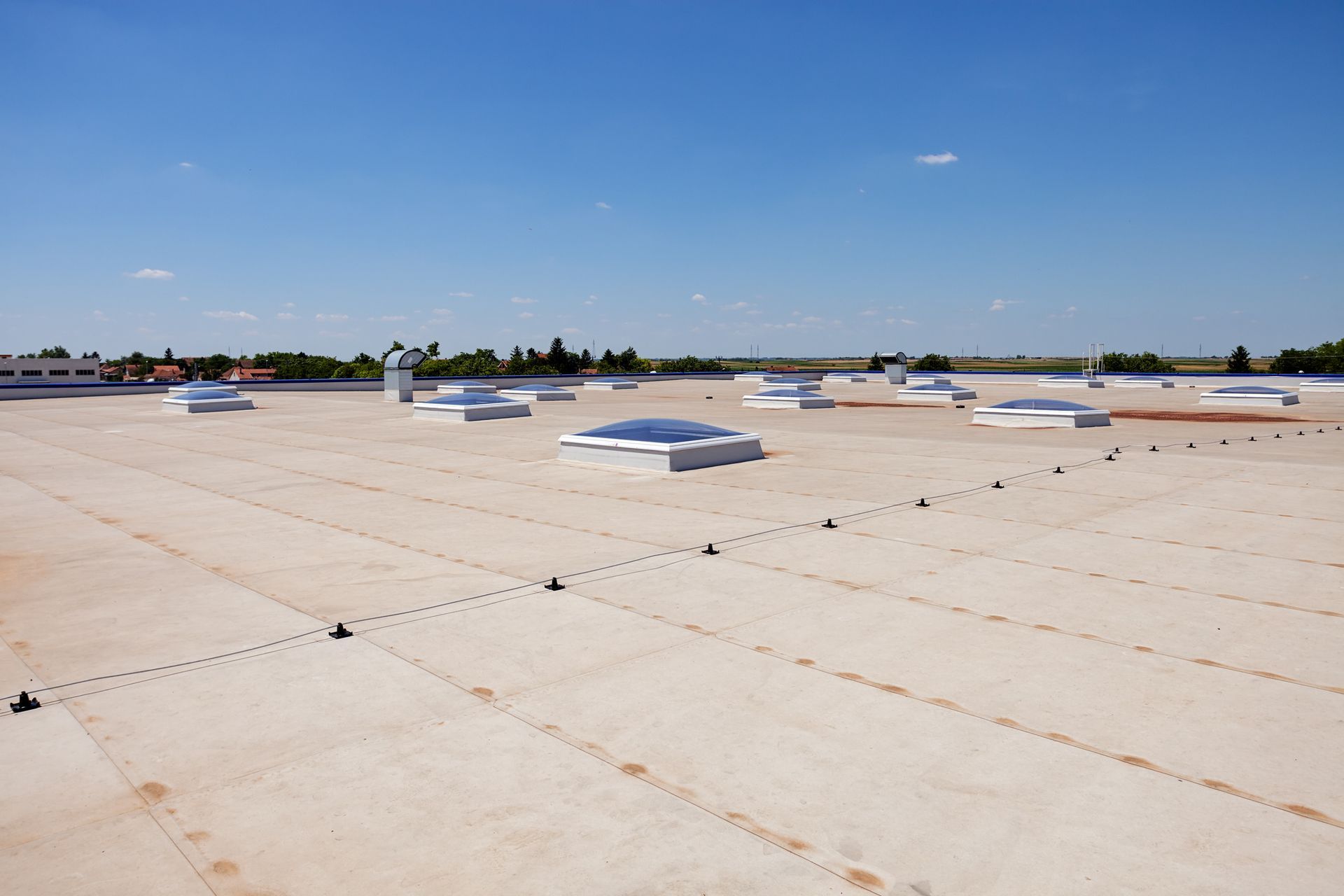Best Practices for Roof Safety to Eliminate Risk of Injury
Many of the hazards involved in working on a roof are obvious, endangering the health and welfare of anyone involved in that kind of work. Here we describe some of the hazards you might not think of when it comes to roofing work, and how you and your company can practice roof safety to help anyone working on a roof avoid the hazards.
Common and not so common hazards
Ladders to your roof can be a hazard all by themselves, because they may not be properly secured, and even one mis-step on a ladder can have serious consequences for a worker. If workers are using an alternative method of accessing your roof, such as a window or a skylight, these can present their own climbing hazards, such as giving way under heavy weight.
When there are no ledges around the roof perimeter, it’s very easy to simply tumble over the side. Loose debris on your roof can present a serious tripping hazard, and if it happens to be windy outside, loose debris can be incoming. When it’s extremely hot outside, there could be a great deal of heat reflected by the roof, which in turn could cause serious dehydration among workers.
Slippery conditions can be created if there is any kind of moisture, snow, or ice on the roof, and if the slope of the roof is steep, that can also cause slips and falls. There are often electrical wires, solar panels, power lines, and HVAC equipment situated on rooftops, and these can all become obstacles that cause accidents.
Personal protection for workers
One of the best ways to practice roof safety for the protection of workers is by providing them with personal protective equipment. This can include sunglasses, gloves, protective headgear, and if need be, rain gear. Walkways can be welded onto your roof to provide sounder footing for any workers who have to go up there.
Removing snow and ice
It’s very possible during the cold season that snow or ice may build up on your rooftop, and to prevent any kind of overloading, it will need to be removed. It may not be necessary to send someone up on top of the roof itself to accomplish the removal however, since there are snow rakes and snowblowers which can be used to do the work right from ground level.
In some cases, aerial lifts can be used to get to rooftop level and apply de-icing products, and to make use of snow rakes for blowers to reduce or eliminate the load on your roof. If for some reason, it is not possible to remove the snow or ice from ground level, all precautions should be taken by workers to practice roof safety and to avoid slips and falls.
Establish roof work procedures
Businesses should establish formal procedures for any kind of roof work being done on commercial roofing. These formalized procedures should include requirements for skills necessary by any roofing contractor, as well as any training needed for the specific type of roof involved. When it’s necessary to perform some kind of maintenance or replacement on a commercial roof, there should be a job hazard analysis performed, and this should be communicated to any contractor willing to undertake the job.
Hire the right contractor
Keep in mind that when you hire a roofing contractor to do any kind of roof maintenance or replacement, OSHA will consider you to be responsible for any risks which the contractors are exposed to. This of course, is mostly concerned with the actual condition of the roof, but there are still some things you should do as a company to limit your exposure and to practice roof safety.
Anyone going on the roof should be trained in the safest ways of doing so, and when you contract for roofing services, it should be with a company known for its demonstrated safety record. It’s also a good practice to ensure that roofing contractors are current on their OSHA training, and that they have completed safety courses offered by the National Roofing Contractors Association.
Turn to All Seasons Roofing, LLC to give your commercial roof the proactive care its needs. Contact us now at 573-634-2241 to discuss your roofing needs and be sure to ask about our Annual Flat Roofing Maintenance Program. We specialize in flat commercial roofs and serve businesses throughout Central Missouri.
The post Best Practices for Roof Safety to Eliminate Risk of Injury appeared first on All Seasons Roofing.
